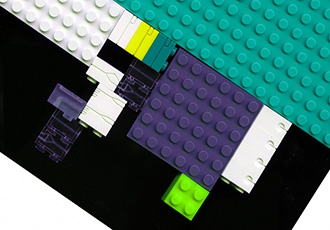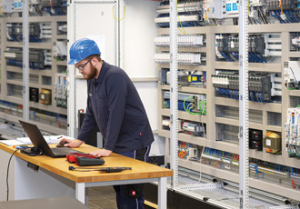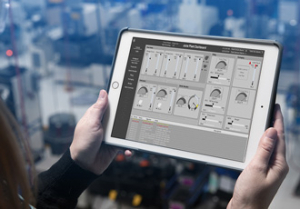LEGO bricks help develop microfluidics modular

MIT engineers have just introduced an element of fun into microfluidics. The field of microfluidics involves minute devices that precisely manipulate fluids at submillimeter scales. Such devices typically take the form of flat, two-dimensional chips, etched with tiny channels and ports that are arranged to perform various operations, such as mixing, sorting, pumping, and storing fluids as they flow.
Now the MIT team, looking beyond such lab-on-a-chip designs, has found an alternative microfluidics platform in “interlocking, injection-molded blocks” — or, as most of us know them, LEGO bricks.
“LEGOs are fascinating examples of precision and modularity in everyday manufactured objects,” says Anastasios John Hart, associate professor of mechanical engineering at MIT.
Indeed, LEGO bricks are manufactured so consistently that no matter where in the world they are found, any two bricks are guaranteed to line up and snap securely in place. Given this high degree of precision and consistency, the MIT researchers chose LEGO bricks as the basis for a new modular microfluidic design.
In a paper published in the journal Lab on a Chip, the team describes micromilling small channels into LEGOs and positioning the outlet of each “fluidic brick” to line up precisely with the inlet of another brick. The researchers then sealed the walls of each modified brick with an adhesive, enabling modular devices to be easily assembled and reconfigured.
Each brick can be designed with a particular pattern of channels to perform a specific task. The researchers have so far engineered bricks as fluid resistors and mixers, as well as droplet generators.
Their fluidic bricks can be snapped together or taken apart, to form modular microfluidic devices that perform various biological operations, such as sorting cells, mixing fluids, and filtering out molecules of interest.
“You could then build a microfluidic system similarly to how you would build a LEGO castle — brick by brick,” says lead author Crystal Owens, a graduate student in MIT’s Department of Mechanical Engineering. “We hope in the future, others might use LEGO bricks to make a kit of microfluidic tools.”
Hart, who is also director of MIT’s Laboratory for Manufacturing and Productivity and the Mechanosynthesis Group, primarily focuses his research on new manufacturing processes, with applications ranging from nanomaterials to large-scale 3D printing.
“Over the years, I’ve had peripheral exposure to the field of microfluidics and the fact that prototyping microfluidic devices is often a difficult, time-consuming, resource-intensive process,” Hart says.
Owens, who worked in a microfluidics lab as an undergraduate, had seen firsthand the painstaking efforts that went into engineering a lab on a chip. After joining Hart’s group, she was eager to find a way to simplify the design process.
Most microfluidic devices contain all the necessary channels and ports to perform multiple operations on one chip. Owens and Hart looked for ways to, in essence, explode this one-chip platform and make microfluidics modular, assigning a single operation to a single module or unit. A researcher could then mix and match microfluidic modules to perform various combinations and sequences of operations.
In casting around for ways to physically realise their modular design, Owens and Hart found the perfect template in LEGO bricks, which are about as long as a typical microfluidic chip.
“Because LEGOs are so inexpensive, widely accessible, and consistent in their size and repeatability of mounting, disassembly, and assembly, we asked whether LEGO bricks could be a way to create a toolkit of microfluidic or fluidic bricks,” Hart says.
Discover more here.
Image credit: MIT.
Similar articles
More from MIT (Massachusetts Institute of Technology)
- LEGO bricks help develop microfluidics modular 1st February 2018
- Buildings may “sense” internal damage 20th October 2016
- Friction free: superlubricity at the nanoscale 8th June 2015




 technology at Jacobs Vehicle Systems.JPG)







Write a comment
No comments